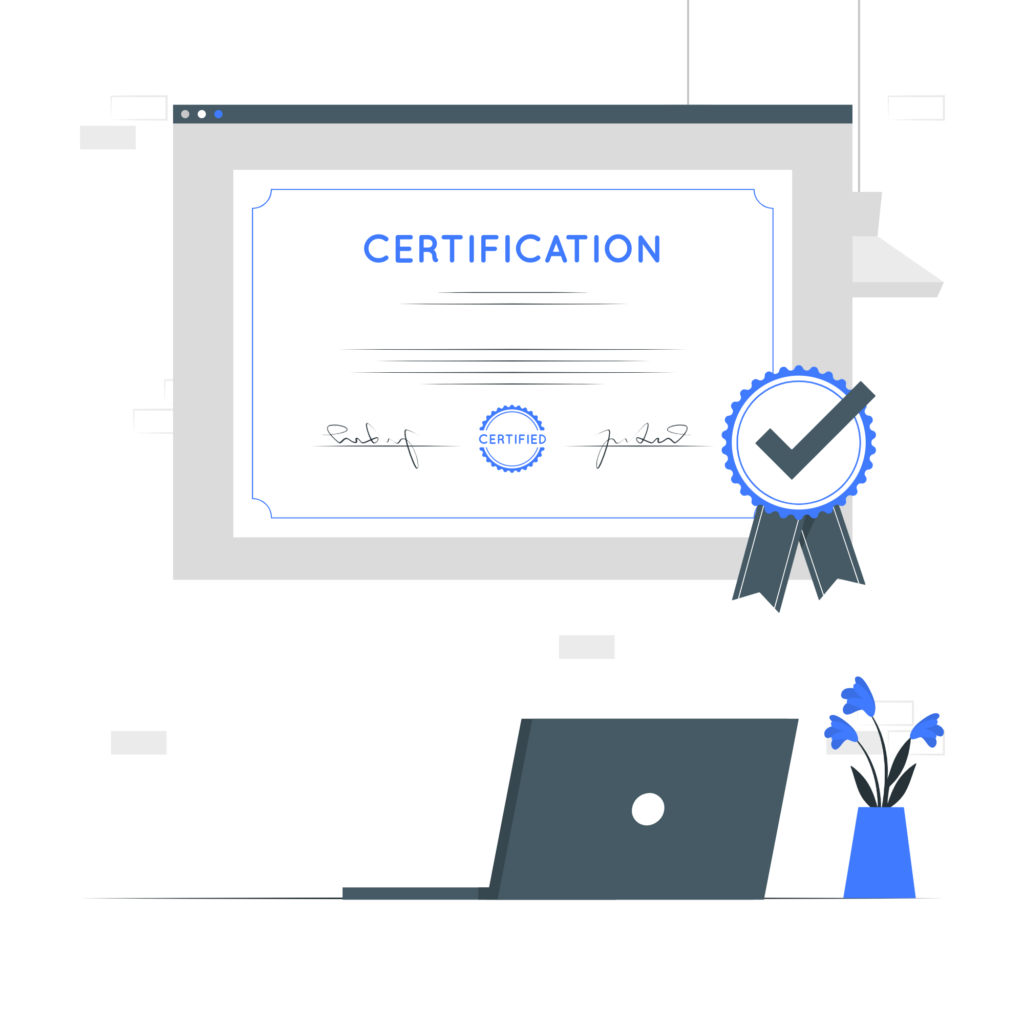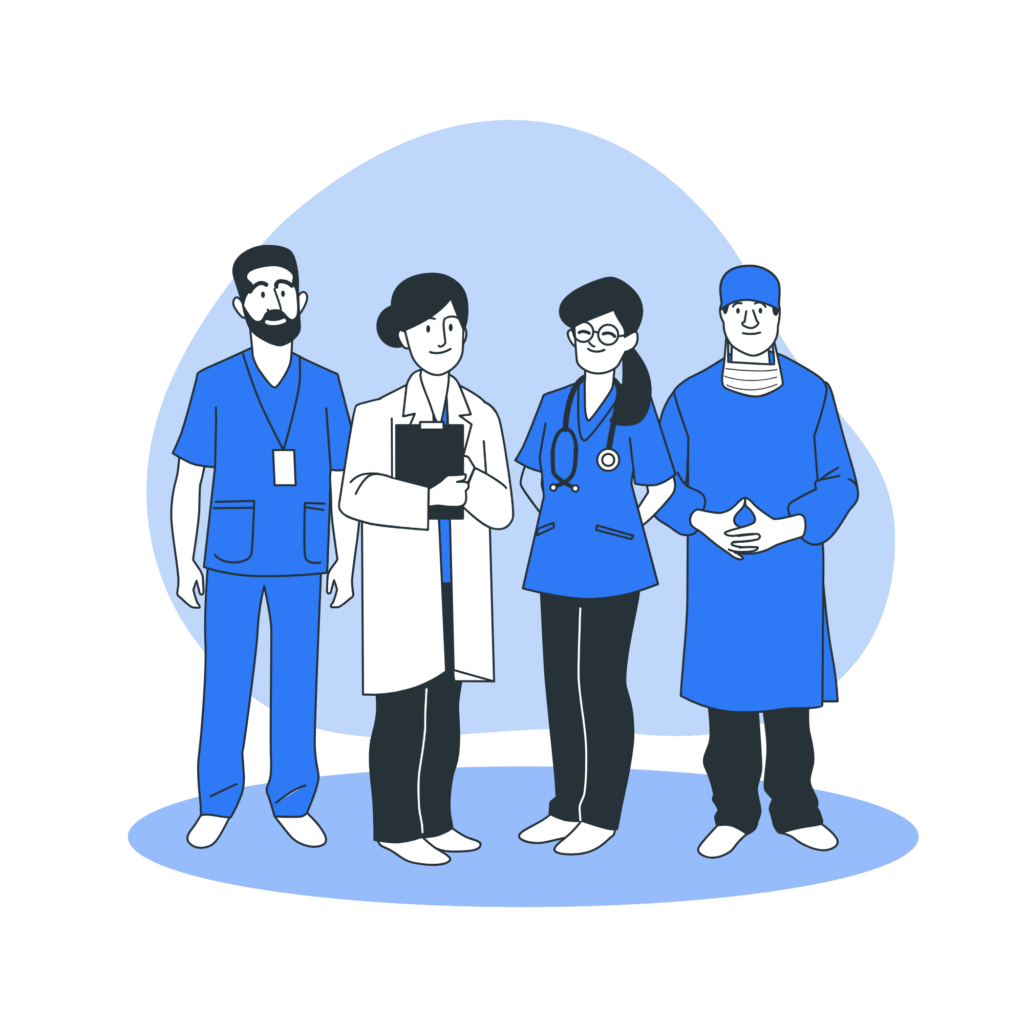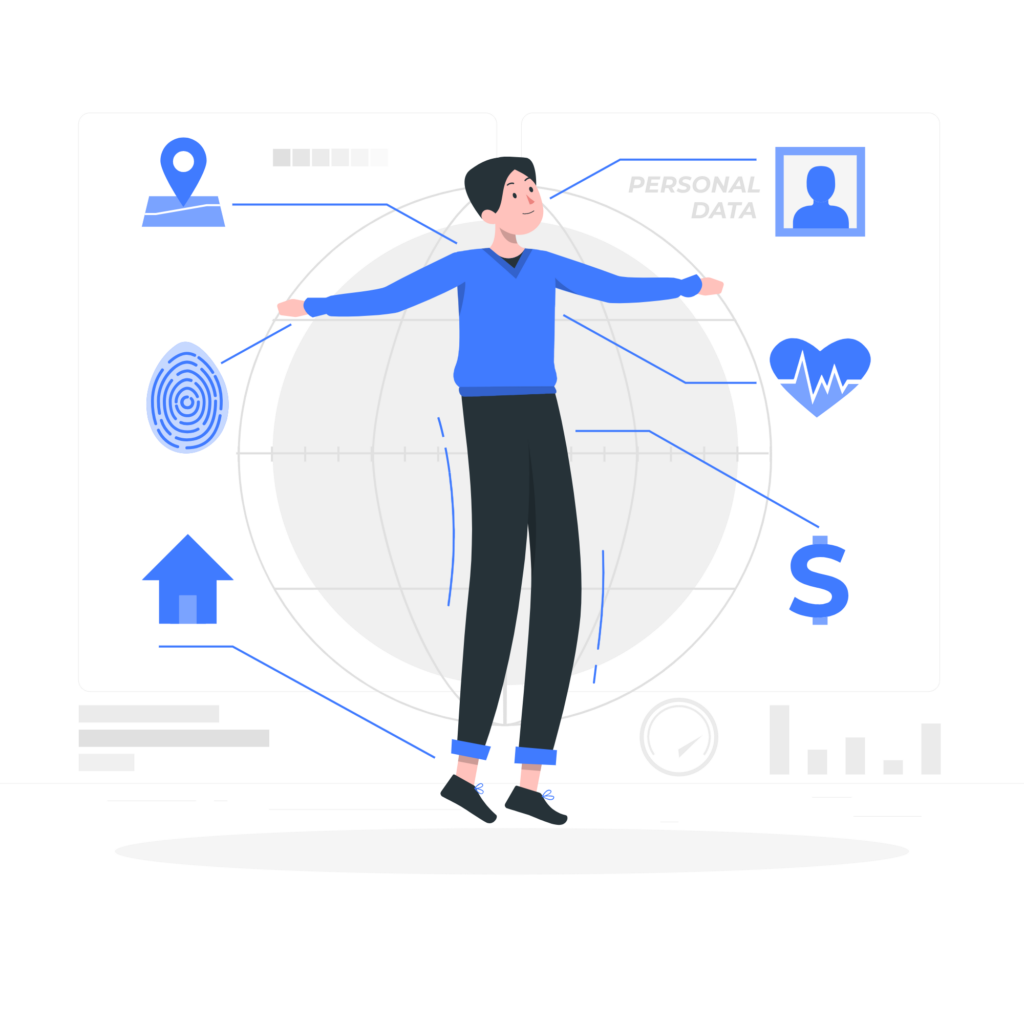

This article delves into the intricate network of laws, rules, and regulations that the California Board of Nursing must negotiate. It clarifies the procedures for obtaining and maintaining your nursing license in the sunny state of California.
The California Board of Registered Nursing, with its fundamental objective of protecting the public, plays a diversified and important role in supervising RNs. The California Board of Nursing provides rigorous criteria for nursing education, having evaluated over 140 prelicensure and 50 advanced practice programs. It also oversees 524,422 registered nurses, including 38,157 nurse practitioners, 34,969 nurses with advanced practice certificates, 41,537 public health nurses, and 923 nurses with current temporary licenses.
| Physical Address | 1747 N. Market Blvd., Suite 150Sacramento, CA 95834-1924 |
| Mailing Address | PO Box 944210Sacramento, CA 94244-2100 |
| Phone Number | (916) 322-3350 |
| Email Address | [email protected] |
| Website | https://www.rn.ca.gov/ |
When you apply to the California Board of Nursing, the clock starts ticking. They’ve got a strict 90-day window to review your application, as laid out by the state’s rules (16 CCR § 1410.1). They’re committed to sticking to this schedule, but remember, each application gets a personal touch, so the review time might shift depending on your specific details.
Both U.S. and international applications for examination and endorsement are tackled in the order they’re received. For those in California, the BRN processes applications collectively after graduation, based on when your transcripts arrive from your nursing school. If your application comes in post-cohort processing, it’s queued up and handled according to the date it lands in their hands.
To don the prestigious title of a Registered Nurse (RN) in California, you need to complete the necessary educational journey, clear a criminal background probe, and pass the National Council Licensing Examination (NCLEX).
Here’s a roadmap to CA RN licensure:
If you’re keen to start working in a supervised nursing role while your examination results are brewing, consider applying for an Interim Permit.
The Nursing Practice Act requires anyone applying for a nursing license to provide a set of fingerprints for criminal history checks through the California Department of Justice (DOJ).
Now, let’s break down how you can fulfill this fingerprinting requirement:
Live Scan Process
Begin by submitting your RN licensure application, choosing either the Examination or Endorsement route, via the BreEZe system. Upon application submission and payment, you’ll receive an email containing the BRN California Live Scan Form and further necessary details.
The Live Scan method is swift – results come back within a couple of weeks.
If you’re not a California resident, you can still use Live Scan at a California-based vendor.
Manual Fingerprint Process
If you’re not in California and can’t use Live Scan, there’s the manual fingerprint (hard card) option, using an FD-258 form.
This method involves a $49 processing fee, payable directly to the California Board of Nursing. If you’ve applied through BreEZe, this fee is part of your total application cost. If not, you’ll need to pay this fee separately through your BreEZe account. Remember, these fingerprint fees are non-refundable.
After paying, you’ll need to:
If the California Board of Nursing receives a hard card without the associated payment, it won’t be processed and will be destroyed. To ensure smooth processing, include a copy of your application summary (if you applied via BreEZe) when you mail in your hard cards.
Most fingerprint submissions link automatically to your BreEZe account once completed, whether through Live Scan or with an FD-258. However, if there’s an issue with applying your fingerprint results to your electronic license file in BreEZe, your license issuance might be delayed.
For Live Scan, results usually reflect in the BreEZe system within 72 hours. Manual hard cards can take a few weeks to a couple of months to process.
Graduating California students: CA BRN-approved programs will send the transcripts to the BRN.
Out-of-State Nursing Programs: Your transcripts must be sent directly from your school or via a certified third-party service (Parchment, National Student Clearinghouse, etc). The email for electronic transcripts is [email protected] .
Transcripts emailed directly by applicants won’t be accepted; they must come from an approved third-party service or your school. Also, send your transcripts only after you’ve submitted your application to the California Board of Nursing.
International Nursing Programs: Mail your official transcripts directly to the BRN.

To qualify for endorsement in California, you’ll need an active license from another jurisdiction, an educational background that aligns with California’s standards, and you should have passed NCLEX-RN or SBTPE. Without the RN exam, California won’t endorse your license.
The California Board of Registered Nursing strongly encourages nurses to apply online. If you’ve already sent in a paper application, hold off on submitting a digital one, as this might slow things down.
A quick heads-up: Nursys® verifications are only good for 90 days from when you ask for them. So, don’t jump the gun and request them too early in your endorsement application process, or they might expire before we’re done reviewing your file.
Effective October 1, 2023, section 1410.5 gets rid of the need for a lab component in the coursework if you’ve already met all other educational requirements in California. That means if you’ve covered anatomy, physiology, and microbiology theory, and you’ve been working as a nurse in good standing for at least two years, you won’t need to redo these courses with a lab component.
To qualify for this exemption:
To apply — fill out the Coursework Exemption Attestation Form. It will take the CA Board of Nursing about two weeks to go over your form. If you don’t meet all the requirements for this exemption, you will be notified via email through your BreEZe account.
Becoming a licensed nurse in California you have the option to seek a temporary license while your standard licensure is in the pipeline, so you will need to complete the application for licensure by reciprocity before you will be able to request a temporary license. This temporary permit, valid for half a year, offers you the flexibility to engage in nursing work while awaiting your full RN license.
Another way to become a licensed nurse in California is to pass the National Council Licensure Examination (NCLEX-RN®). Note to fill any gaps in your education by taking an approved course first.
Here’s what you need to have ready when you apply:
International graduates need to submit the “Breakdown of Educational Program for International Nursing Programs” form, along with a transcript request form, a copy of the existing nursing license or diploma, and any specialty certificates.

If obtain additional certification from a recognized national body, you can enrich your California nurse practitioner certificate with new specialties or qualifications.
Here’s what you need to do:
This document should detail the nurse practitioner program you completed, your degree, the date it was awarded, and your area of nurse practitioner expertise.
The California Board of Registered Nursing (BRN) has made this process smoother. You can submit a request online for the BRN team to update your profile. This update includes adding any new specialty, category, or qualification you’ve earned to your profile on the Department of Consumer Affairs (DCA) License Search tool.
The range of categories for nurse practitioners is diverse and includes
Your license is initially valid for the duration of two birthdays, not two standard years. It ends on the final day of the month after your birthday. Following the first time, your license must be renewed biannually. The California Board of Registered Nursing sends email reminders 90, 45, and 15 days before the expiration date. You can continue practicing while your renewal is being processed, as long as you have paid the renewal cost and completed all of the conditions.
The different statuses your license can have:
If your license was in delinquent or retired status for less than eight years and you want to reactivate it, you must complete CE requirements. If it has been more — you will need to provide a valid license from another location or retake the examination.
As stated in the California Code of Regulations, Section 1451, Article 5, to renew your CA RN license you must complete 30 hours of continuing education. Along with paying the renewal fee, these educational hours are essential. Remember, the courses must be finished either in the two years leading up to your license renewal or during the period of a lapsed or inactive license before reactivation.
Newly licensed RNs in California get a bit of a break. The first two years are free from this continuing education rule, except for the Implicit Bias requirement.
What counts as acceptable continuing education:
A few no-nos in course selection: steer clear of courses focused on self-improvement, financial gain, liberal arts unrelated to patient care, basic orientation programs, personal appearance in nursing, CPR, basic EKG/dysrhythmia, and basic IV courses. Also, repeating the same course in one renewal cycle won’t give you extra credit.
Be prepared for random audits by the Board. Keep your course completion certificates or grade slips for four years, just in case they check in on your continuing education compliance.

Understanding the scope of practice for registered nurses in California is vital to prevent limitations on nursing practice and the creation of unnecessary standardized procedures.
Nursing involves basic healthcare and extends to helping people manage daily challenges related to actual or potential health issues. RNs use a significant amount of scientific knowledge and technical skills in their practice. The law recognizes these functions as essential and commonly accepted in healthcare.
Let’s break down the types of nursing functions:
Independent Functions
Dependent Functions
These are the services that nurses provide under supervision. Often involve administering medications and implementing treatment or rehabilitation plans.
Interdependent Functions
In these scenarios, nurses use their judgment to implement changes in treatment or standardized procedures based on their assessment of a patient’s condition. This might involve noticing unusual signs or symptoms and then acting accordingly.
It’s important to note that these nursing activities sometimes overlap with medical practices. When this happens, adherence to standardized procedures is essential, especially if the nurse decides that specific medical actions are necessary.
The nursing profession is dynamic. What was once solely in the realm of medical practice can evolve into common nursing functions. For instance, tasks like measuring cardiac output pressures or inserting PICC lines were once considered exclusive to medical practitioners but are now integral to nursing practice.
As previously stated, while renewing your CA RN license, you have to report any disciplinary or criminal convictions. The California Board of Nursing requires extensive disclosure of these problems.
You must notify any action taken against your license by a government agency or disciplinary body. This includes suspension, revocation, and even probation. You must also disclose any criminal convictions since your previous license renewal.
This term ‘conviction’ is broad and covers various scenarios:
For each instance of discipline or conviction, the Board expects a few things from you:
It’s vital to approach this disclosure process with honesty and detail.

Since March 2022, the California Board of Registered Nursing (BRN) has shifted license verification for endorsement applications to other states’ nursing boards to the Nursys® system. This is a centralized online platform for all things license verification.
Keep in mind, that if you need to verify Advanced Practice certifications, Nursys® won’t cover that. You’ll have to directly reach out to the California Board through the BreEZe online system for this specific verification.
If you’re applying for licensure in another country and need to verify your California RN license, the process is a bit different:
After submitting your verification request, especially for international applications, it’s wise to follow up with the respective nursing board within three months to confirm they’ve received everything. The California Board will resend verification if it gets lost, but only within three months of the original mailing date.
You can reach the California RN Board at (916) 322-3350. Alternatively, please send an email to [email protected]. They also have a thorough website, www.rn.ca.gov, where you may get further contact information and tools.
Have your school do it for you, directly to the Board. If you studied nursing outside California or abroad, electronic transcripts via a certified third party or straight from your alma mater will do the trick. Transcripts sent personally by students won’t make the cut.
If you are unable to use the Live Scan procedure, then use the manual fingerprint card technique. After paying the processing fee, fill out an FD-258 fingerprint card at a law enforcement agency and mail it to the Board.
The Nursing Board of California is in charge of regulating and supervising licensed nurses. Their main purpose is to oversee licensure and education requirements, as well as the enforcement of nursing practice legislation.
To obtain an RN license in California, pass the NCLEX-RN® and apply to the BRN California online or by mail, including all required evidence such as transcripts and fingerprint scans.
No, California is not part of the Nurse Licensure Compact. However, the state offers licensure by endorsement.
Still have questions? Do not hesitate to contact us
State medical boards have a critical role to safeguard the public by ensuring that only ethical, competent, and adequately trained physicians are allo.

Most patients only encounter a pharmacist when they visit the drugstore to pick up a prescription. While educating customers is part of the profession.

Learn how to meet the West Virginia Board of Nursing requirements and maximize your professional growth. Discover essential insights, from application.
Stop hunting state medical board for answers and see how our team can help you: